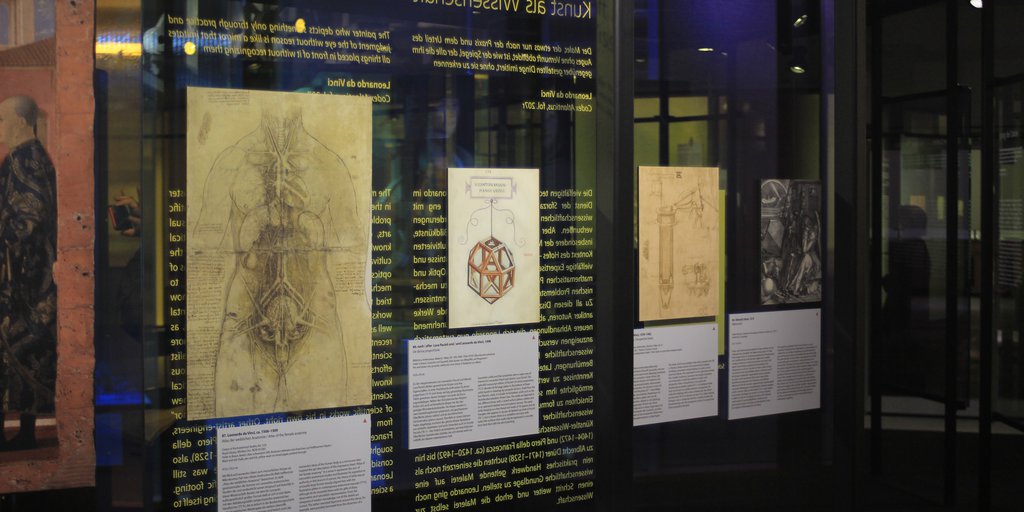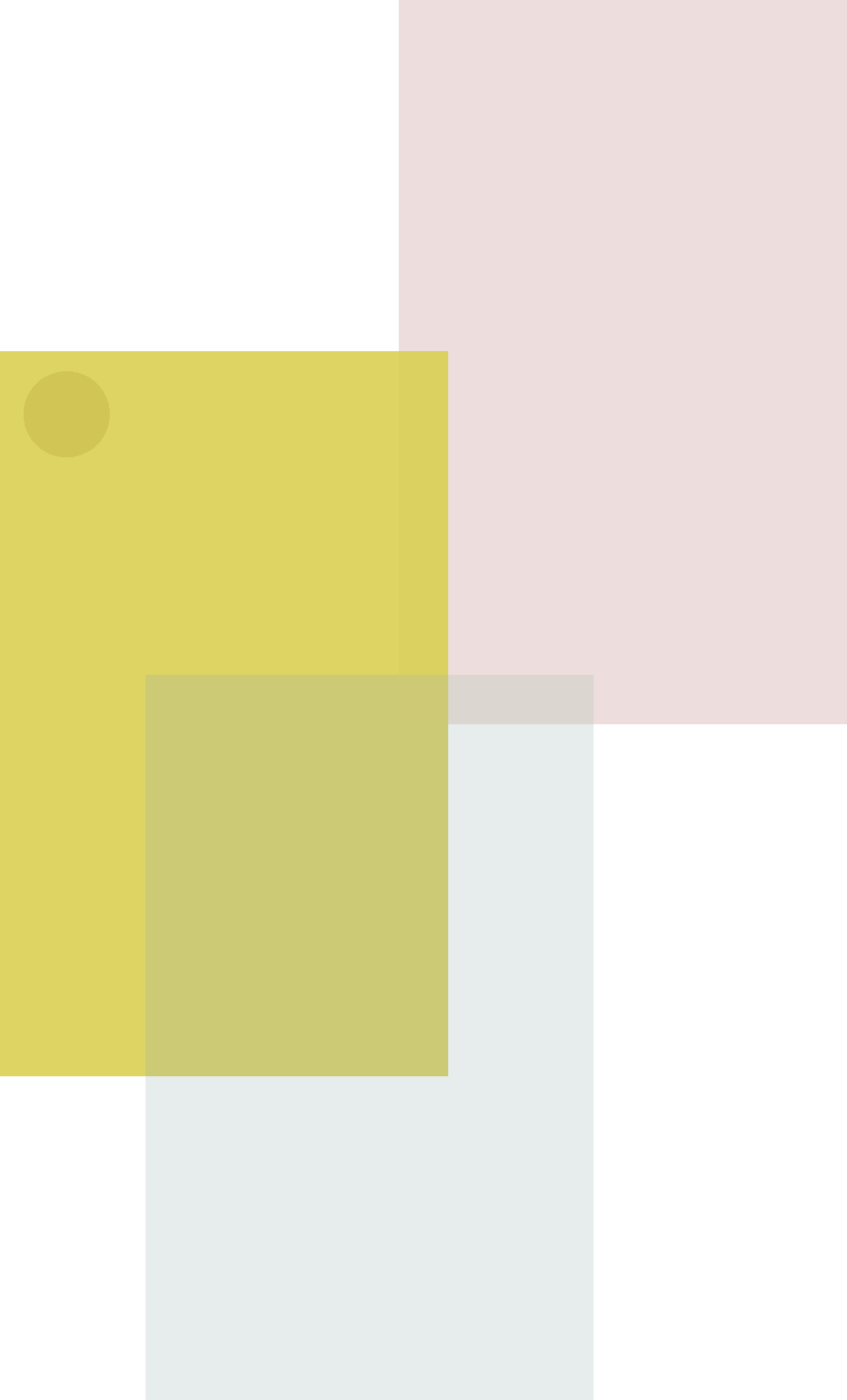
Science as Art, Art as Science <
The painter who depicts something only through practice and judgment of the eye without reason is like a mirror that imitates all things
placed in front of it without recognizing them
Leonardo da Vinci
Codex Atlanticus, fol. 207r. Translation: Elizabeth Hughes
The many and varied technical tasks Leonardo had to master in the service of the Sforzas were closely linked to scientific problems and challenges. But also the practice of the visual arts, especially painting, increasingly required theoretical knowledge and diverse expertise, particularly in the cultivated context of the court. This ranged from questions of optics and mathematical perspective construction to mechanical problems and medical knowledge. Leonardo now tried to learn systematically from the existing fundamental works by ancient authors related to all these disciplines, as well as from medieval sources and a growing number of more recent treatises. He expanded his library with specialist scientific literature and made concentrated and ambitious efforts to learn Latin and deepen his mathematical knowledge. This eventually enabled him to formulate new scientific insights of his own. He had now become an “author” of scientific works in his own right. Other artist-engineers, from Leon Battista Alberti (1404–1472) and Piero della Francesca (ca. 1420–1492) to Albrecht Dürer (1471–1528), also sought to place painting, which at the time was still considered a purely practical craft, on a scientific footing. Leonardo went one step further and elevated painting itself to a science.
Perspectives <
 | 83.
Perspective frame 1478–1482 |

This sheet, which was probably made while Leonardo was still in Florence, shows several of his early technical designs, including a prominent central drawing of a piston pump driven by bellows. The small sketch on the right demonstrates that, besides mechanics, Leonardo was already intensively concerned early on with the problems of optics and perspective. Here, a draughtsman is occupied with reproducing an armillary sphere (97 ●). Its interlaced metal rings can be seen as a perfect exercise in perspective. He meets the challenge with a clever drawing aid. Like Dürer’s portrait artist (76 ■), he focuses one eye on his object looking through a visor or peephole and then correctly transfers the foreshortenings onto the transparent surface of a perspective frame mounted at the back.
References
Bambach, Carmen C. 2019. Leonardo da Vinci Rediscovered. Vol. 1: The Making of an Artist 1452–1500. 4 vols. New Haven / London: Yale University Press, 89, 296–297.
Marinoni, Augusto, ed. 2000. Leonardo da Vinci. Il Codice Atlantico della Biblioteca Ambrosiana di Milano. Vol. 1. 3 vols. Florence: Giunti, 5–6.
Pedretti, Carlo. 1978. The Codex Atlanticus of Leonardo da Vinci. A Catalogue of Its Newly Restored Sheets. Vol. 1, I–VI. 2 vols. New York: Johnson, 25.










